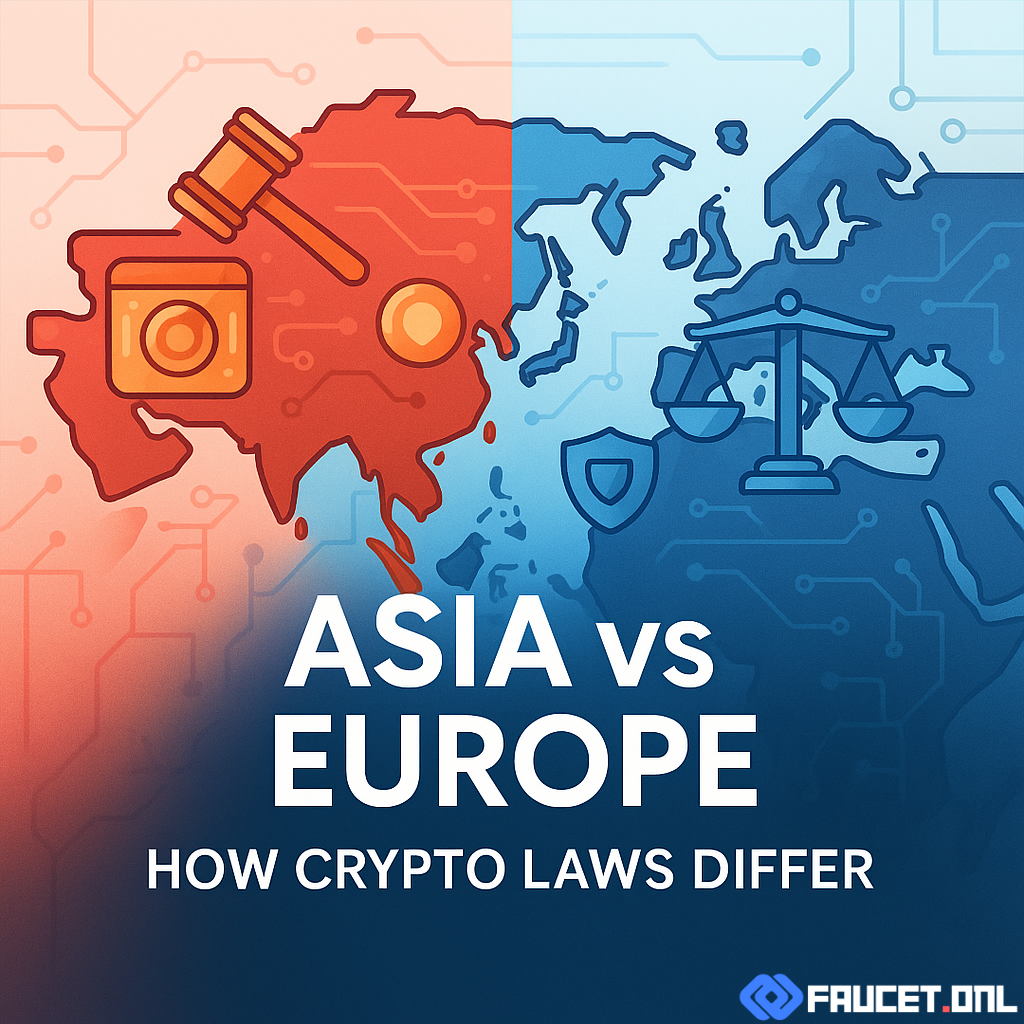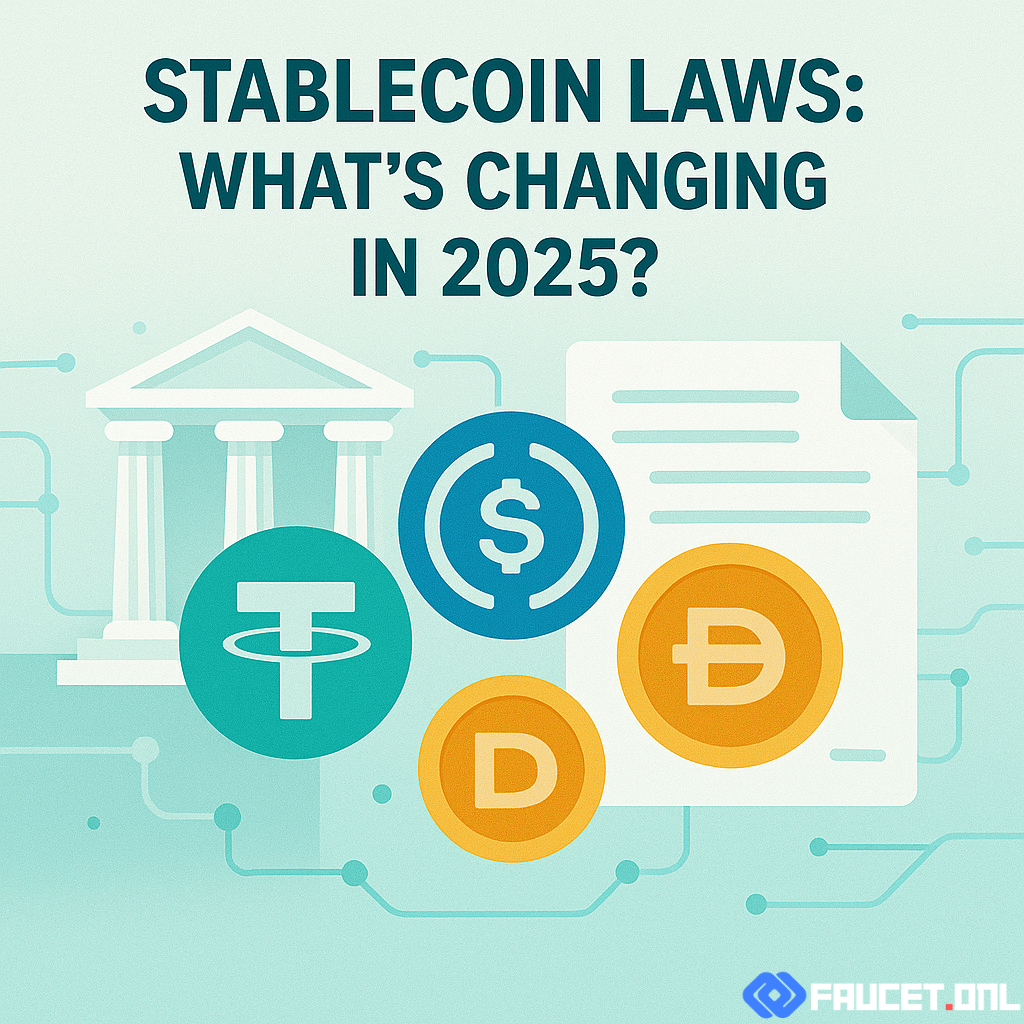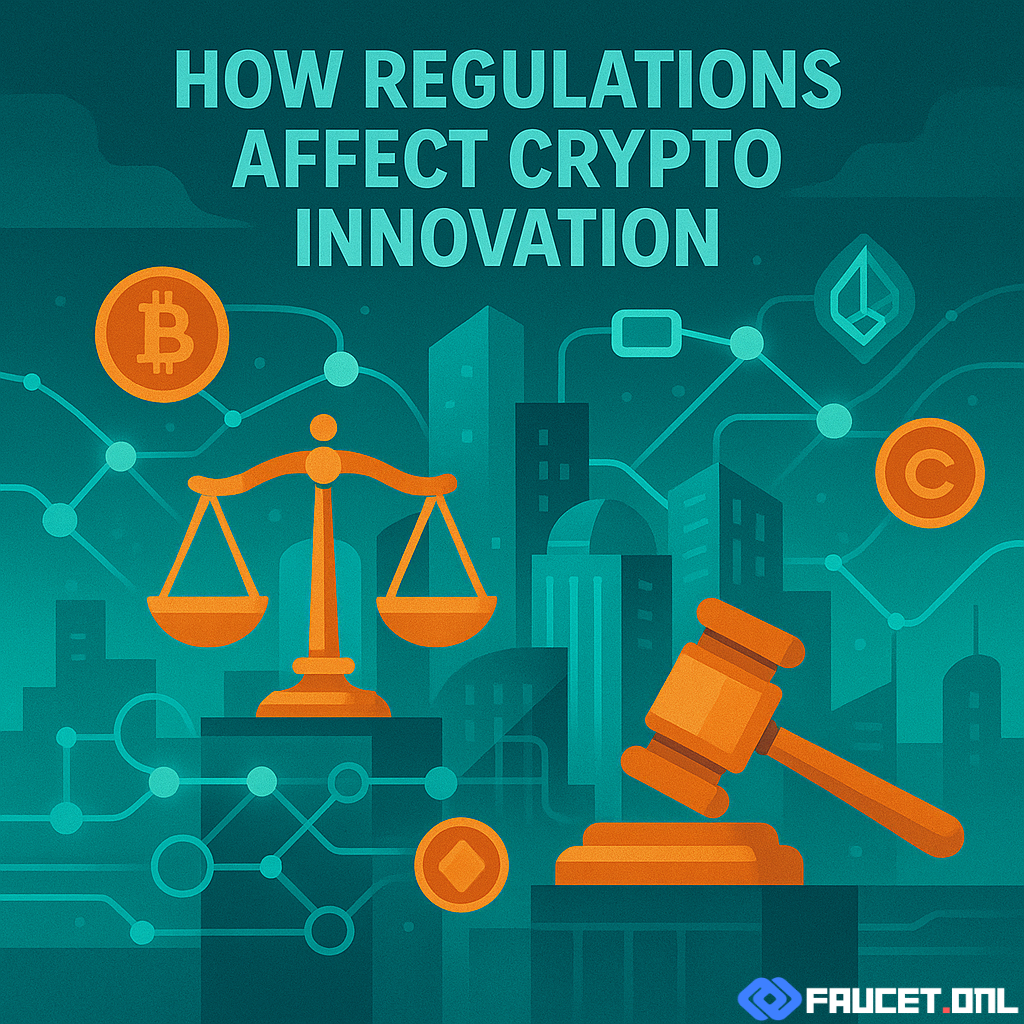Asia vs. Europe
The regulatory landscape for cryptocurrency is shaped by unique economic, political, and cultural factors in each region. Asia and Europe both play leading roles in the global digital asset industry, but their legal approaches to crypto differ markedly.
In Europe, regulatory initiatives like the Markets in Crypto-Assets Regulation (MiCA) aim to harmonize rules across the European Union. The EU seeks to provide legal clarity, consumer protection, and a stable environment for innovation. By contrast, Asia features a more fragmented regulatory patchwork, with each country charting its own path—ranging from strict bans to progressive frameworks that foster innovation.
This East-West divide has far-reaching implications for startups, investors, and everyday users, shaping where businesses are built and how individuals can interact with digital assets.
Key Differences
Several factors distinguish Asian and European approaches to crypto regulation:
- Regulatory Uniformity: Europe’s MiCA establishes a consistent set of rules for all EU member states, reducing cross-border complexity. In Asia, policies vary dramatically—from outright bans in China to crypto-friendly innovation hubs like Singapore and Hong Kong.
- Licensing & Registration: European platforms must obtain pan-EU licenses and meet standardized compliance standards. In Asia, requirements depend entirely on local regulators, with some markets demanding strict licenses (Japan, South Korea) while others have limited or no oversight.
- Stablecoins & Token Offerings: The EU’s MiCA introduces clear guidelines for stablecoins and ICOs, aiming to protect consumers and prevent market abuse. Asian countries may ban certain activities (like ICOs in China) or have evolving, jurisdiction-specific rules (like MAS in Singapore).
- AML/KYC Standards: Both regions enforce anti-money laundering (AML) and know-your-customer (KYC) regulations, but Europe’s standards tend to be more harmonized and are applied uniformly across member states, while Asia's AML/KYC is more varied and can be stricter in specific markets.
- Taxation: European nations generally provide more detailed crypto tax guidelines, including capital gains rules. Asian taxation is less consistent, with some regions yet to clarify crypto tax obligations.
- Government Attitudes: Europe emphasizes cautious integration with traditional finance, promoting consumer rights and systemic stability. Asian approaches range from open experimentation (South Korea, Japan, Singapore) to state-driven innovation (China’s CBDC) and outright prohibition.
User Impact
The regulatory divide between Asia and Europe shapes the user experience in significant ways:
- Access to Services: Europeans generally enjoy access to a broad array of regulated exchanges and wallet providers, thanks to pan-European licenses. In Asia, access is highly dependent on the user’s country—some can freely use international platforms, others face geoblocking or domestic-only services.
- Security & Protection: EU regulation enforces robust consumer protection and compensation mechanisms. In Asia, users in less regulated markets may be more exposed to scams or losses without recourse.
- Privacy & Identity: European rules mandate strict data protection (GDPR), influencing how user data is handled. In Asia, privacy standards differ widely, affecting how much information users must disclose.
- Stablecoins & DeFi: European users have more legal clarity on using stablecoins and decentralized finance (DeFi) products, while in Asia, offerings may be restricted or undefined in certain countries.
- Innovation Access: Asian users may access more experimental or early-stage products, especially in innovation hubs, but at a higher risk and with less legal protection.
Compliance Tips
Navigating the complex crypto legal landscape requires practical compliance strategies:
- Stay Informed: Regularly monitor regulatory updates from local authorities in both Asia and Europe—laws change quickly and may impact service availability.
- Use Licensed Platforms: Prefer exchanges and wallet providers that hold relevant licenses or registrations in your region for enhanced security and legal protection.
- Complete KYC & AML: Always comply with identity verification requirements, which are now standard across most reputable platforms worldwide.
- Document Transactions: Keep thorough records for tax and compliance purposes, especially if you operate in or move assets between multiple jurisdictions.
- Respect Regional Differences: Avoid using banned services or assets in restricted markets, and understand the risks of engaging with experimental platforms outside the scope of local regulation.
Future Outlook
The future of crypto regulation in Asia and Europe is marked by ongoing evolution and potential convergence. As digital assets mature, both regions may increase collaboration to address cross-border risks, standardize tax and AML frameworks, and foster responsible innovation.
Expect greater efforts at international coordination—possibly with global standards emerging for DeFi, stablecoins, and central bank digital currencies (CBDCs). At the same time, regional differences are likely to persist, reflecting local priorities and regulatory philosophies.
For global users and innovators, adaptability is key. Understanding the regulatory nuances between Asia and Europe—and staying alert to future changes—will remain critical for successful participation in the worldwide crypto ecosystem.
Conclusion
Asia and Europe offer contrasting yet complementary visions for the future of crypto regulation. By comparing these regional approaches, users and businesses can better navigate global markets, stay compliant, and make informed choices in an ever-changing landscape.



